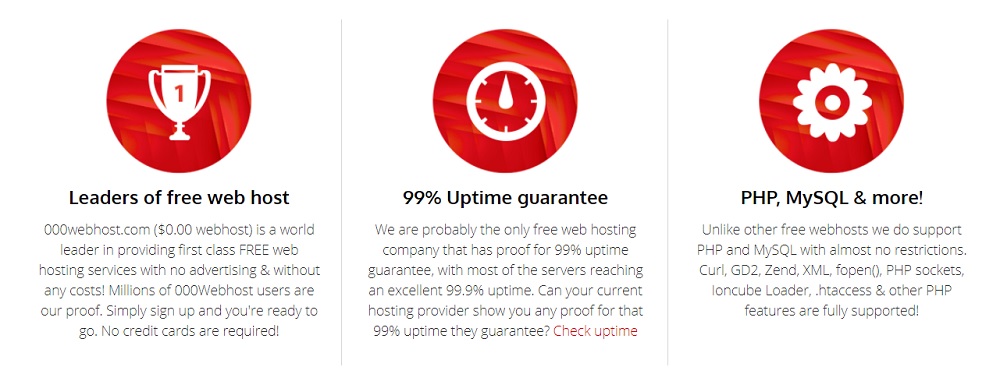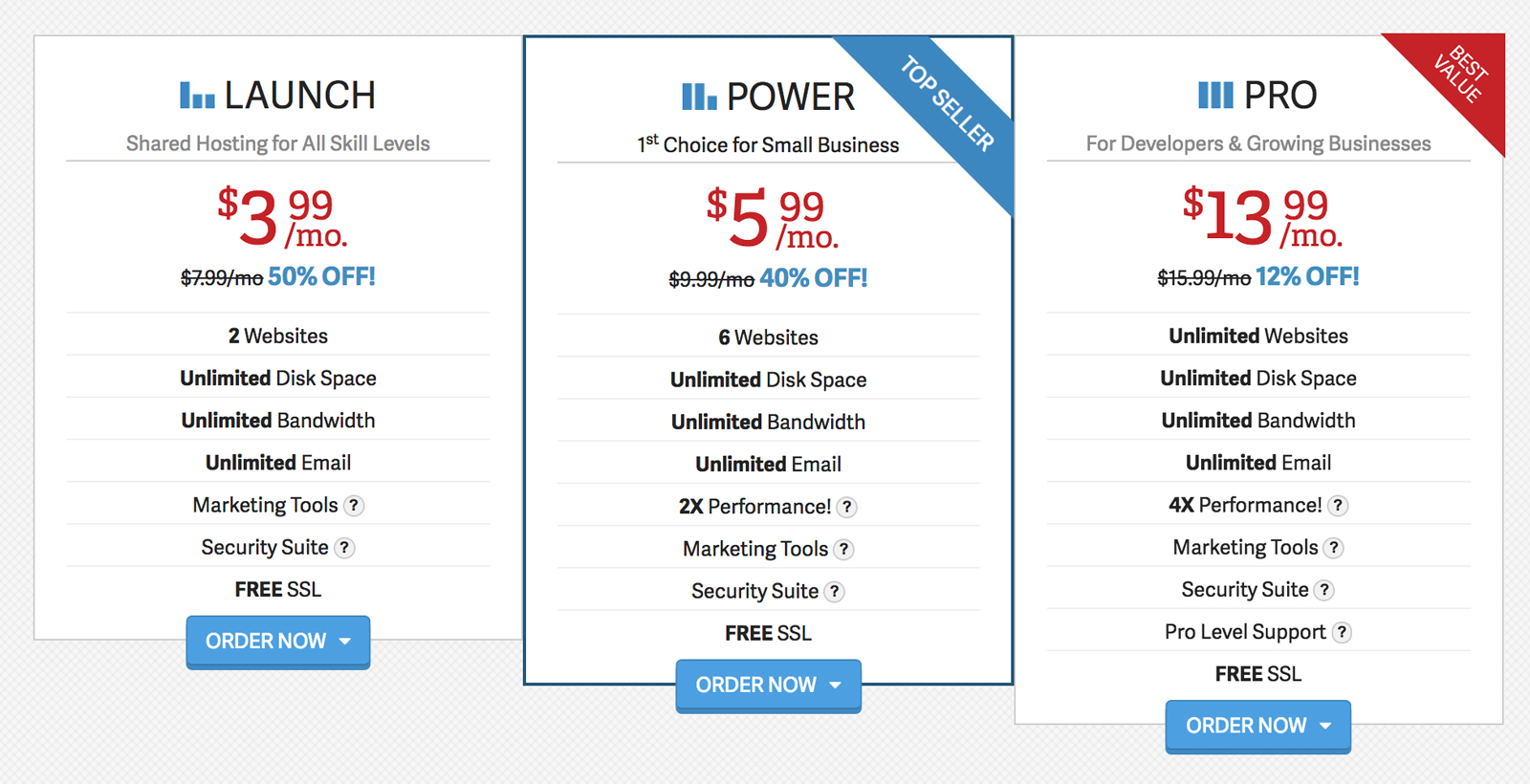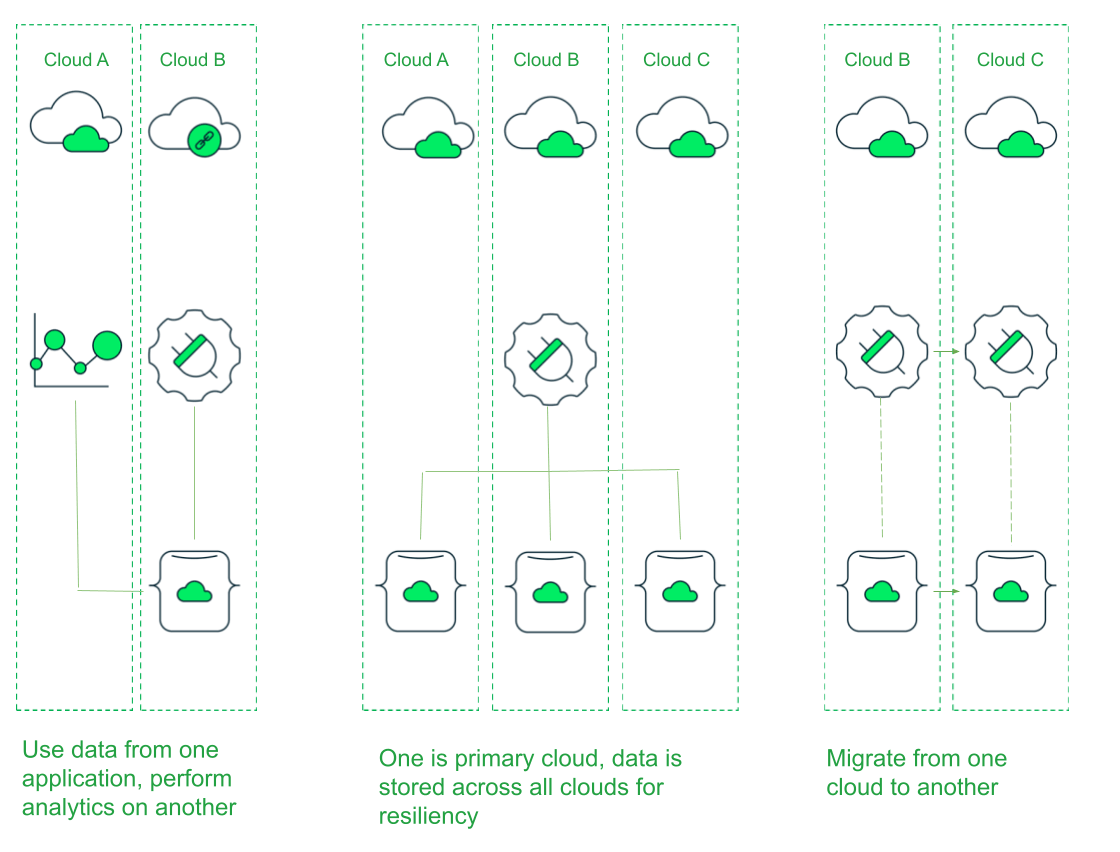
Plesk, a web hosting control panel, is designed to make managing your website easier. Plesk also provides a range of tools that will help you manage your subscriptions or service plans. This software is compatible with both Windows and Linux operating systems. It can be used with various container platforms like Docker, Amazon Web Services and Google Cloud. It provides core features for hosting control panels, but it also has a variety of extensions that allow you to add additional functionality to your system.
Plesk not only offers the obvious benefits of being able to manage user accounts individually, but also offers a few additional perks. It allows users to automatically update some applications and manage your server performance and health. It can also back up all of your databases easily. It even offers incremental backup, which can help you save on disk space.
Another cool thing about Plesk is the fact that it is compatible with AWS databases. It can also function with Ngnix base operating systems, but can also work with CentOS or Ubuntu.

Plesk's control panel makes it easy to learn, especially for someone who is not familiar with the host. However, it can be challenging to find out how to do the more complicated tasks, such as importing a database. There are several video tutorials that you can use to help with this.
Plesk requires that you login to it with your root password in order to do all of the above. You will see a menu bar at the left. You will be able to click on the website & domains section. This section has many useful tools. This section will allow you to manage your hosting services. You can add new email accounts, or create subscriptions.
Plesk has several other useful features like an auto-component upgrader that will keep your application updated without you having to manually check. You can also choose a custom-branded skin for your Plesk Account, which allows you to personalize your interface.
Plesk may be the best control panel for hosting management, but it is not the only option. Other options include Plex, which is a Windows-based control panel, and cPanel, which is the most popular control panel. It doesn't matter what your preference is, it is important to weigh the benefits of each option before you make a decision.

The support your hosting provider provides is as important as any other system. Many hosts will provide a more robust set of technical support than others, so it is wise to take this into consideration before deciding on a specific solution. Also, you should be aware that not all packages come with a control panel pre-installed, and some will require additional work on your part.
FAQ
WordPress is it a CMS?
The answer is yes. It's a Content Management System. CMS allows you control your website content using a web browser and not an application like Dreamweaver, Frontpage or Frontpage.
WordPress is absolutely free! Hosting is included in the price, but you don't need to pay anything else.
WordPress was originally created to be a blogging platform. But WordPress now offers many more options, such as eCommerce sites or forums, membership websites and portfolios.
WordPress is simple to install and configure. The installation file must be downloaded from the website and uploaded to your server. Then, you simply visit your domain name through your web browser and log in to your new site.
After installing WordPress, register for a username/password. Once you log in you'll be able access all your settings via a dashboard.
You can now add pages, posts and images to your site. If editing and creating new content is easier for you, skip this step.
However, if you prefer to work with someone else, you can hire a professional web designer to handle the whole process.
What technical skills do I need to design and construct my site?
No. You only need to have a basic understanding of HTML/CSS. There are many tutorials available online that can teach both HTML or CSS.
What is responsive web design?
Responsive Web Design (RWD) is an approach to designing websites where content displays responsively on all devices - desktop computers, laptops, tablets, smartphones, etc. This allows users access all features of a website, including navigation menus, buttons and buttons, on one device. RWD's goal is to ensure that users view the exact same version of a website on every screen size.
Consider, for instance, that you're building a website for an eCommerce company and your products are sold primarily online. It is important to ensure that your website can be accessed on any device, including a smartphone.
A responsive website will adapt its layout to suit the device it is being viewed on. It will appear the same as a regular desktop website if you view it on your laptop. It will look different if you view the page from your phone.
This allows you create a website that looks great on any device.
How much does it cost to build a website?
The answer to this question depends on what you want to accomplish with your website. Google Sites may not be required if you simply want to provide information about yourself or your company.
However, if visitors are serious about coming to your site, they will be willing to pay more.
The best option is to use a Content Management System, such as WordPress. These programs make it easy to create websites without any programming knowledge. The sites are hosted by third-party businesses, so there is no risk of your site being hacked.
Squarespace, a web design service, is another option. They offer a variety of plans ranging from $5 per month to $100 per month, depending on what you want to include on your site.
What Types of Websites Should I Create?
The answer to this question depends on your goals. You may choose to sell products online if you want to build a website. To make this happen, you'll need a reliable eCommerce website.
Other popular types of websites include blogs, portfolios, and forums. Each of these requires different skills and tools. You will need to be familiar with blogging platforms like Blogger or WordPress if you wish to create a blog.
It is important to choose the right platform for your site. There are many themes and templates that you can use for free.
Once you've selected a platform to build your website, you can start adding content. Images, videos, text, and other media can all be added to your pages.
It is now possible to publish your new website online. Visitors can access your website in their browsers once it is published.
What Is Website Design Software?
The website design software can be used by graphic artists and photographers, illustrators, writers and others who are involved in visual media.
There are two main types of website design software: desktop applications and cloud-based solutions. Desktop apps are installed locally on your computer and require you to install additional software on your computer. Cloud-based apps are hosted remotely on the Internet and do not require any additional software. This makes them perfect for mobile users.
Desktop Applications
Although desktop apps offer more features than cloud-based applications, they are not always required. Some people prefer to work only from a desktop application because it is more convenient. Some prefer to use the exact same tool whether they're using a smartphone or a laptop.
Cloud-Based Solutions
Web designers who want to save time and money should choose a cloud-based solution. These services let you edit any type or document anywhere you have an internet connection. This means that you can work on your tablet while waiting to brew your coffee.
You will still need to buy a license if you choose to use a cloud-based program. You don't have to buy additional licenses for upgrading to the latest version.
You can use these programs to create web pages if you own a copy of Photoshop, InDesign, Illustrator, or another Adobe product.
How to Make a Static Site
You have two options when creating your first static site:
-
A Content Management System (also known as WordPress): WordPress is a Content Management System (a.k.a. This software can then be used to create an indispensable website.
-
Create a static HTML website: You'll need to code your HTML/CSS code. It's not hard to do if you already understand HTML.
You might consider hiring an expert to design your website if you are planning to build a large site.
You should start with option 2.
Statistics
- It's estimated that chatbots could reduce this by 30%. Gone are the days when chatbots were mere gimmicks – now, they're becoming ever more essential to customer-facing services. (websitebuilderexpert.com)
- Did you know videos can boost organic search traffic to your website by 157%? (wix.com)
- The average website user will read about 20% of the text on any given page, so it's crucial to entice them with an appropriate vibe. (websitebuilderexpert.com)
- In fact, according to Color Matters, a signature color can boost brand recognition by 80%. There's a lot of psychology behind people's perception of color, so it's important to understand how it's used with your industry. (websitebuilderexpert.com)
- It's estimated that in 2022, over 2.14 billion people will purchase goods and services online. (wix.com)
External Links
How To
What is website hosting?
Website hosting refers simply to the place that people visit when they visit a website. There are two types of website hosting:
-
Shared hosting is the cheapest. Your website files reside in a server managed by another company. Your customers' requests travel via the Internet to your server when they visit your site. The server owner then forwards the request to you.
-
Dedicated hosting: This is the most costly option. Your website resides entirely on one server. Your traffic stays private as no other websites can share the same server.
Shared hosting is cheaper than dedicated hosting for most businesses. Shared hosting allows you to have your website run by the company who owns the server.
There are pros and disadvantages to each option. Here are the differences:
Shared Hosting Pros:
-
Lower Cost
-
Easy To Set Up
-
Frequent Updates
-
It can be found at many web hosting providers
Hosting shared can be as low as $10 per month. Keep in mind, however, that bandwidth is usually included in the price. Bandwidth refers to the amount of data you can transfer across the Internet. Even if you are only uploading photos to your blog site, high data transfer rates can still cost you extra.
You'll soon realize why your old host cost so much once you get started. Many shared hosts offer very little customer support. Their techs will occasionally walk you through setting up your site, but you're on your own after that.
You'll want to look into a provider that offers 24-hour phone support. They will attend to any issues you have while you sleep.
Cons of dedicated hosting
-
More Expensive
-
Less is More
-
Requires specific skills
With dedicated hosting you will have everything you need to manage your website. You won’t need to worry whether you have enough bandwidth or enough RAM (random address memory).
This means you'll have to spend more upfront. Once you get started with your online business, you will find that you don't require much technical support. You'll become an expert at managing your servers.
Which is better for my business?
It all depends on the type of website you are creating. If you are selling products, shared hosting may be the best option. It's simple to set it up and keep it updated. A server shared with several other sites means that you will receive frequent updates.
However, dedicated web hosting is the best way to build a community around you brand. Instead of worrying about your traffic, you can build your brand while still being able to concentrate on your business.
Bluehost.com offers both. They offer unlimited monthly data transfers, 24/7 support, free domain name registration, and a 30-day money-back guarantee.